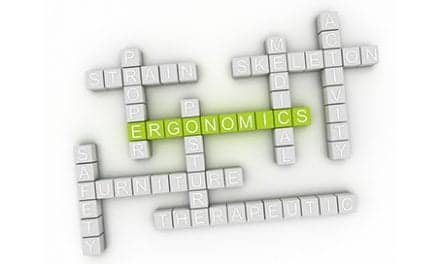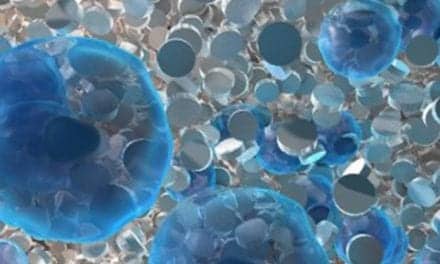Researchers from Thomas Jefferson University have uncovered defining features of a subset of T-cells that may drive autoimmunity in MS, and could prove to be a new target for therapy, they report, in Science Immunology.
The T cells, called ThGM cells, produce granulocyte macrophage-colony-stimulating factor (GM-CSF), a chemical that contributes to the autoimmune response.
The researchers had previously shown that increased numbers of ThGM cells are found in the blood and brain of MS patients, indicating that these cells may contribute to the development of autoimmunity. However, very little is known about the genetic properties and function of ThGM cells, making it difficult to understand their role in MS. The team has now uncovered key defining features of these cells and how they behave in an animal model of MS, paving the way for future studies and potential therapies.
The researchers first sought to characterize the ThGM cells in healthy human subjects and in an animal model of MS. Using various genetic and biochemical techniques, they found that the ThGM cells were abundantly present, but interestingly, lacked the characteristic markers of other populations of T-cells, a media release from Thomas Jefferson University explains.
“We found that the ThGM cells have a distinct genetic profile compared to other subsets of T cells. It appears that ThGM cells are coming from a distinct lineage or origin, and therefore we’ve been able to define a set of criteria for identifying these cells.”
— senior author Abdolmohamad Rostami, MD, PhD, professor and Chairman of the department of Neurology at Sidney Kimmel Medical College – Thomas Jefferson University and Vickie and Jack Farber Institute for Neuroscience – Jefferson Health
ThGM Cells Contribute to Autoimmunity?
The researchers also found that in a mouse model for MS there are increased numbers of ThGM cells in the nervous system, similar to findings in human disease. They also found that the ThGM cells induced endephalomyelitis, or inflammation of the brain and spinal cord, a sign of disease development in this model of MS, lending further evidence that ThGM cells contribute to autoimmunity.
The team is now working on further characterizing the ThGM cells in humans, the release continues.
“Our findings have already given us important clues on what genetic markers and chemical profile make this subset of T cells unique. This could allow us to develop therapies that selectively target this population of T cells, while leaving other T cells intact and avoiding widespread immunosuppression.”
— Abdolmohamad Rostami, MD, PhD
[Source(s): Thomas Jefferson University, EurekAlert]
Related Content:
How Researchers Are Reelin’ in a New Treatment for Multiple Sclerosis
This Underlies Mental Fatigue in People with Multiple Sclerosis, Per Kessler Foundation Researchers
This is How Age of Onset May Affect Clinical Outcomes for Multiple Sclerosis Patients





